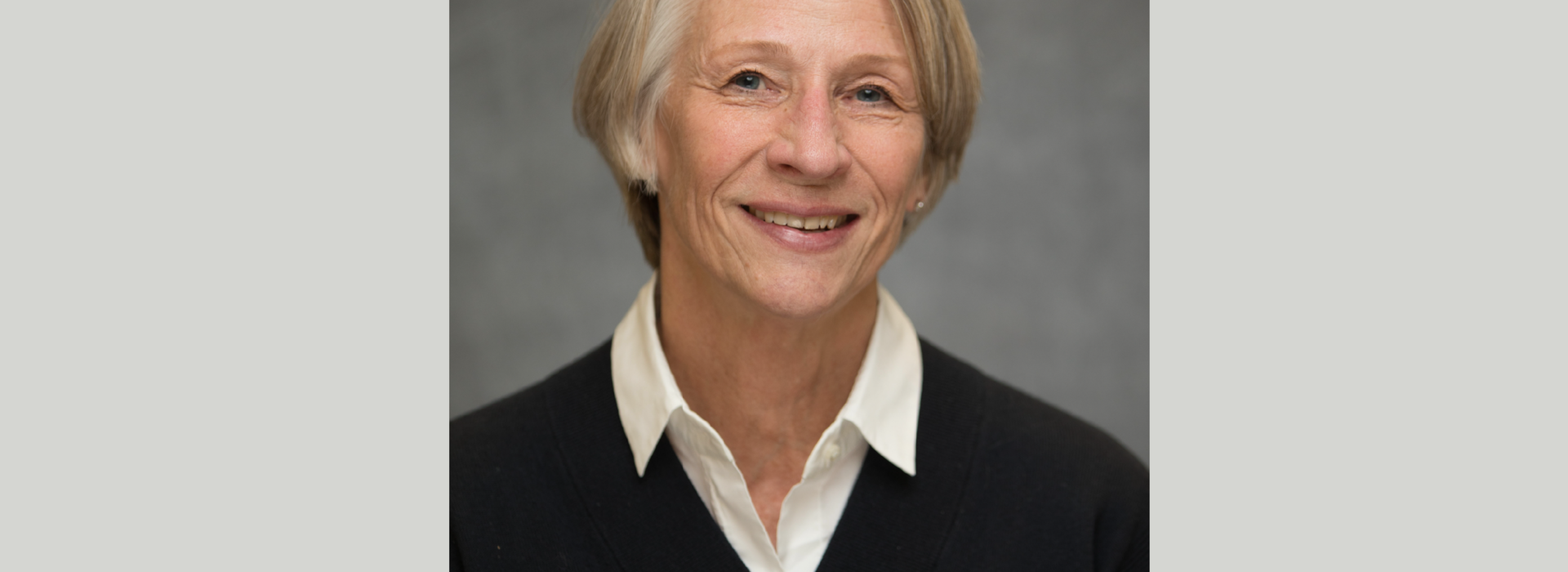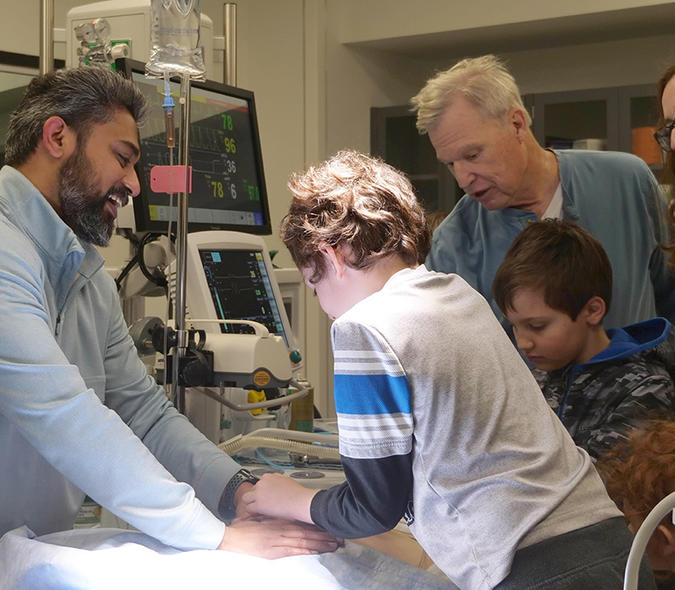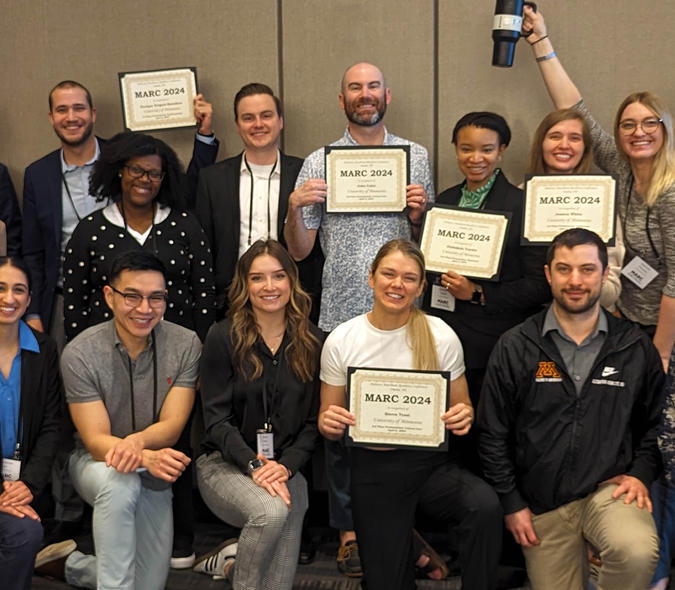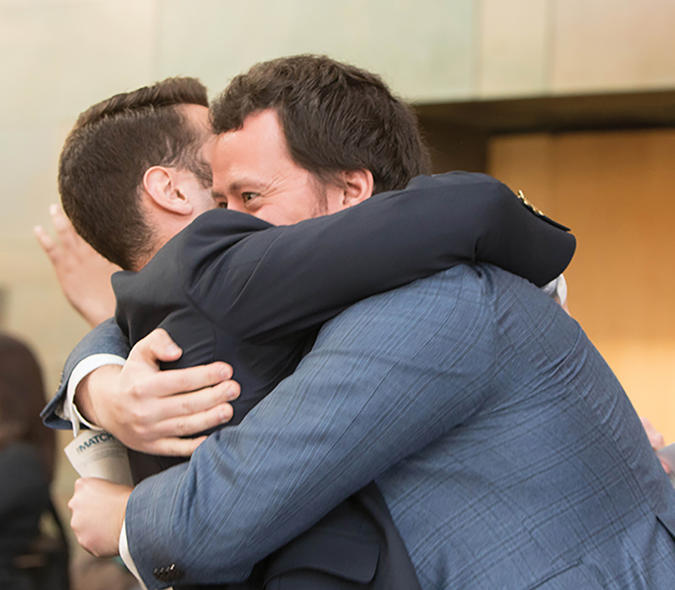
Dr. Joyce Wahr focuses on improving the patient experience through quality improvement, education and mentoring
For Dr. Joyce Wahr, improving the safety of patients is always on her mind. She even carries around a tooth guard in case she needs to show someone how to use it to prevent injury while under anesthesia.
“I think all entities struggle with how they are going to improve quality of care and make it safer for their patients, and it isn’t obvious how to do it perfectly, but we know having people in the department whose job is to think about this all the time makes a difference,” said Wahr.
Wahr was appointed as Vice Chair of Quality and Safety for the Department of Anesthesiology to be that person whose job is to make sure University of Minnesota Health patients undergoing any sort of anesthesia have the safest procedures possible.
“Doctors want to do a good job, and think they are, so until we uncover what’s not working, we don’t know what to fix,” says Wahr.
Anything that happens in the operating room, even a near miss, is tracked to provide data on trends happening. Once a trend is identified, the Department can hold a training or conduct research on ways to improve. For 2018, the Department of Anesthesiology is tackling four major quality improvement projects—patient handoff protocol, smoking abstinence before surgery, reduction in delays in first cases due to regional analgesia blocks, and enhanced recovery in complex spines.
Wahr has also been working on improving the quality and safety education program for residents at the University of Minnesota. The goal is to standardize the material for all residents.
Said Wahr, “This way, our surgical residents and our anesthesia residents have a common terminology and common set of tools and they can work together.”
Wahr’s work doesn’t stop there. She is also a department mentor. As a mentor, Wahr offers advice and guidance to younger faculty on various subjects from how to conduct a literature review to thinking creatively about an approach to research.



